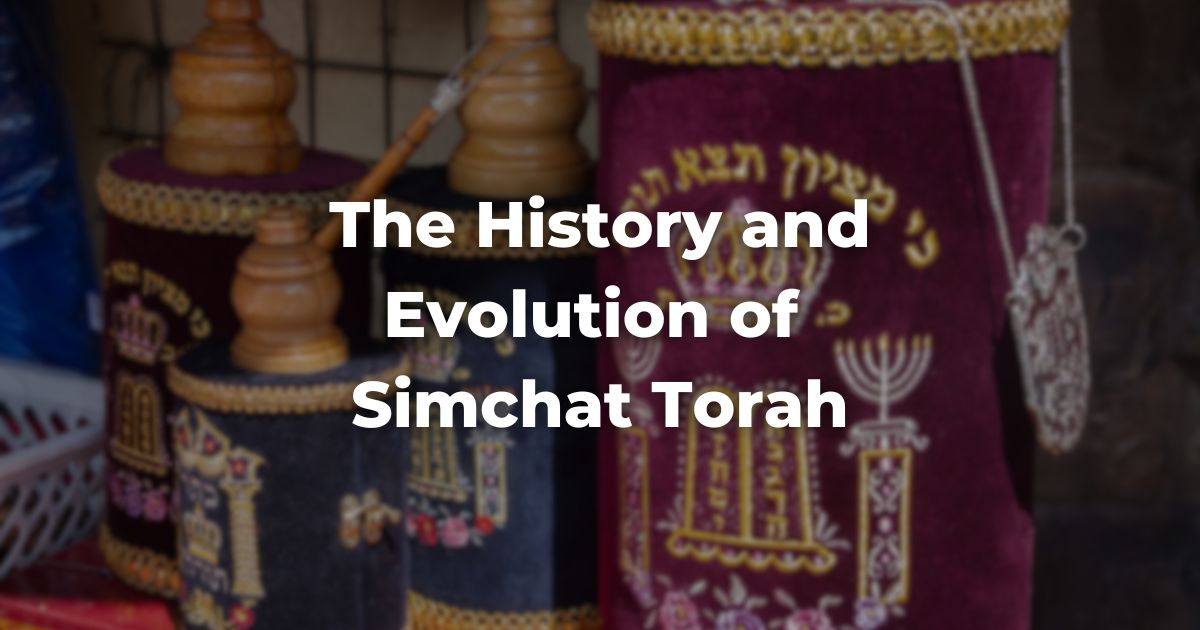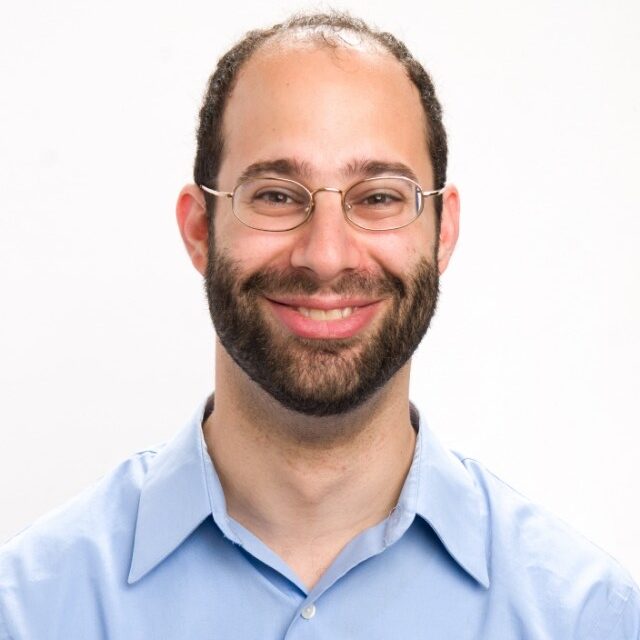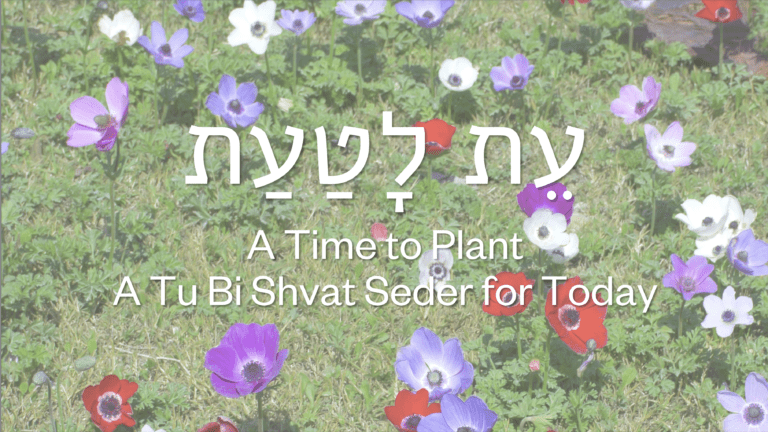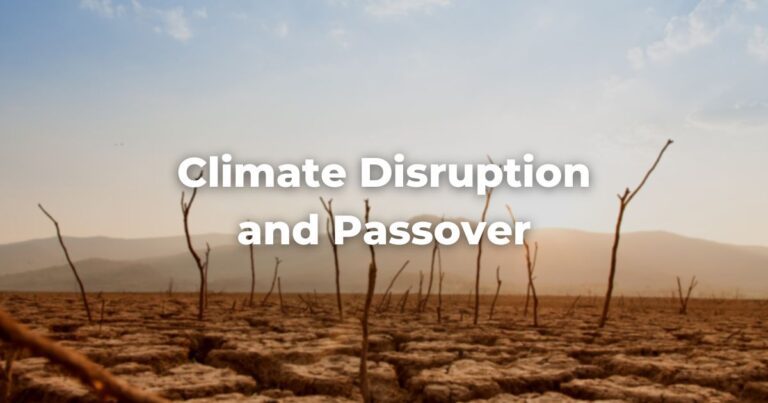How do we know what to do on Jewish holidays? Usually, we start in the TorahRefers to the first five books of the Hebrew Bible, the Tanakh, also called the Five Books of Moses, Pentateuch or the Hebrew equivalent, Humash. This is also called the Written Torah. The term may also refer to teachings that expound on Jewish tradition. Read more. For example, the Torah has a lot to say about Sukkot and a little to say about Sh’mini Atzeret. But about Simchat Torah? Gornisht – nothing. The closest we get is something about everybody hearing the Torah at Sukkot every seven years (Deuteronomy 31:10-13). As for the rest of the Bible? Only that Nehemiah read Torah to everyone on Sukkot and they celebrated at the end (Nehemiah 8:13-18).
So if the Torah doesn’t tell us anything about Simchat Torah, where can we find it?
“Simchat Torah” in the Talmud
After the Torah, the next place to look for information about Jewish holidays is the MishnahA collection of rabbinic teachings edited in Israel around 225 CE. Organized in six sedaraim by subject matter and dealing with both ritual and civil law. Both the Jerusalem and Babylonian Talmud are expansive discussions of the Mishnah. Read more, an early rabbinic collection of Jewish law that was finished around 200 CE. While the Mishnah doesn’t really say much about Simchat Torah either, we do learn that on the seventh day of Sukkot, people would circle the altar in the Temple with their lulavim seven times (Mishnah Sukkah 4:5). We also get a reminder about a public gathering to hear the king read Torah at the end of Sukkot (Mishnah Sotah 7:8).
Surely, the Babylonian TalmudReferring to one of two collections, the Jerusalem and Babylonian Talmuds, edited in the 6th century, that contains hundreds of years of commentary, discussion, and exploration of the ideas in the Mishnah. One could describe it as Mishnah + Gemara = Talmud Read more, finished around 500 CE, has something to say about Simchat Torah, right? The Talmud explains that outside of Israel most holidays had an extra day because the announcement of the New Month might not reach them from Israel on time. Because of that, for the first time we see something about “the second day of Sh’mini Atzeret,” specifically that we should read the end of the Torah on it. The Babylonian Talmud also says that just like Moses blessed the Israelites at the end of the Torah, the Haftarah should be about when Solomon blessed the Israelites (Megillah 31a:15).
Another thing we learn in the Babylonian Talmud is that in the early rabbininc period, it was customary in the Land of Israel to use a Triennial system, reading the Torah over three years. Unlike the modern custom of reading a section of that week’s assigned portion, they would read the same portion 3 weeks in a row reading one third at a time.
In Babylonia, they decided to move away from the Triennial system and read each Torah portion in full every week (Megillah 29b:20). As a by-product of this, they could start and finish the Torah each year.
Celebrating Completing a Torah
The next puzzle piece comes from the 800s CE, from Song of Songs Rabba, a book of commentary on Song of Songs. Here, we learn that because Solomon made a banquet after the Temple was completed, one should make a celebration when one finishes the Torah. This later gets applied to both finishing any piece of Jewish study, as well as finishing the annual reading of the Torah, but for now it’s just another piece waiting to be put into place. (Shir Hashirim Rabba 1:1:9)
Geonic Dance Party and Medieval Rules
Simchat Torah truly starts to emerge in Babylonia in the Geonic period (800s-1000s). The Geonim were the leaders of the Jewish community in Babylonia, modern day Iraq, and their innovations spread throughout the Jewish world via the Islamic Caliphate’s communication networks.
During their time we get the first mentions of:
- Dancing in honor of the Torah on the last day of Sukkot (Teshuvot HaGeonim 314)
- The name “Simchat Torah” (Machzor Vitry Laws of the Four Species 385)
- Celebrating Simchat Torah when finishing reading the Torah (The Differences Between Those in the East and Those in the West p. 88)
- Reading “V’Zot HaBracha” on Simchat Torah (Sefer HaManhig Sukkah 413).
By the time of Maimonides / Rambam (1138-1204), it has become the prevalent custom to read the entire Torah every year (Mishneh Torah, Prayer and the Priestly Blessing 13:1). The Zohar (1300s) gives a mystical explanation for why Simchat Torah has that name, namely rejoicing that the Sefer Torah with its crown is like the Shechina being the crown of Tiferet (Zohar Pinchas 122).
The Tur (1300s) adds that we not only finish the Torah but also restart it. He also describes what the evening service and Kiddush look like and the custom of giving honors to the people with the readings at the end and beginning of the Torah (Tur Orach Chayim 669:1).
Sefer HaMinhaghim (1400s) connects the restarting of the Torah with the name of the holiday, because Satan can’t advocate against us anymore that we finish the Torah and then we’re done with it (Sefer HaMinhagim, Hagahot). Abarnabel (1400s) connects the holiday back to the King reading the Torah at the end of Sukkot (Abarbanel on Torah, Deuteronomy 31:9:5).
The Shulchan Aruch (1563) adds even more pieces to the evolution of Simchat Torah.
We get:
- Hakafot — 7 circuits of dancing with all the synagogue’s Torah scrolls,
- Reading from 3 Torah scrolls in the morning
- An aliyah for the children
- Reading aliyot multiple times if necessary
- “Shehechiyanu” in the evening Kiddush and
- Chanting the beginning of Joshua as the Haftarah, because it continues the story from the end of the Torah. (Shulchan Aruch Orach Chayim 669)
The last piece, about what the Haftarah should be, is controversial because it contradicts what was said in the Babylonian Talmud. The change in Haftarah was first suggested by Rav Amram Gaon in what became the very first prayerbook (868 CE). Other authorities weighed in on the topic and eventually the Haftarah evolved. (See: The Ritz Giat (1000s), Machzor Vitry (1100s – Laws of the Four Species 385), Tosafot (1100s – Megillah 31a:15:1), and the Tur (1300s – Orach Chayim 669:1)
Hakafot caught on quite quickly, because by 1570, even a famous Kabbalist like Isaac Luria was seen doing evening and morning Hakafot (as recorded by his student Chaim Vital). They were also happening in Britain, as noted by a Member of Parliament, Samuel Pepys, in his diary in 1663.
The custom of children parading with flags on Simchat Torah is first noted in 1672 in the ordinances of the Polish Jewish community in Amsterdam. Even then it seems to be a long-established custom. Simchat Torah flags changed over time, reflecting the priorities of the time and place. For example, Masorti put out a flag reflecting the entire Jewish community celebrating with the Torah regardless of gender, nationality, and ability. Flags started as a response to the issue of children not being able to lift the Torah to celebrate.
Simchat Torah has been evolving for over 1,500 years. The October 7th, 2023 attacks were on Simchat Torah in Israel, adding a new layer to the Jewish experience of the holiday.
Our Simchat Torah celebrations in 2024 will not look like they did in 2022, and it remains to be seen whether the changes are temporary or permanent. However, as the Simchat Torah continues to evolve to meet the needs of the time, we will continue to find strength in the Torah.
Author
-

David Schwartz is the Director of Education at Temple Har Zion in River Forest, IL, where he teaches an adult education class open to all on Monday evenings. He lives with his wife and daughter in the Lakeview neighborhood of Chicago. David credits his twelve summers working at Camp Ramah Darom with inspiring his interactive teaching style.
View all posts






